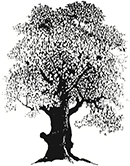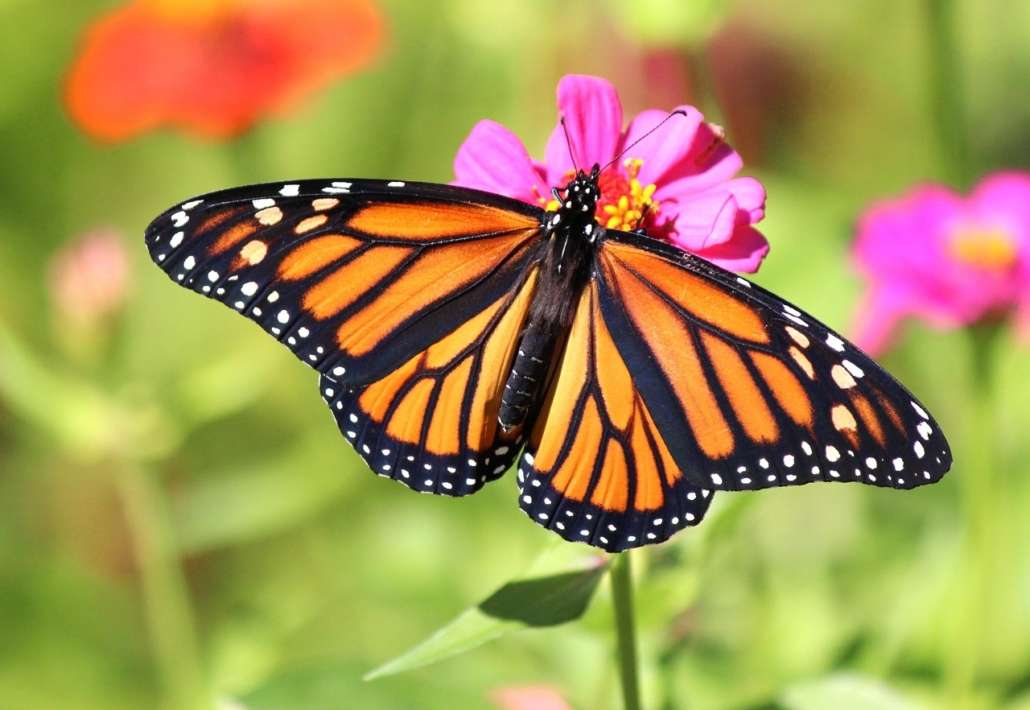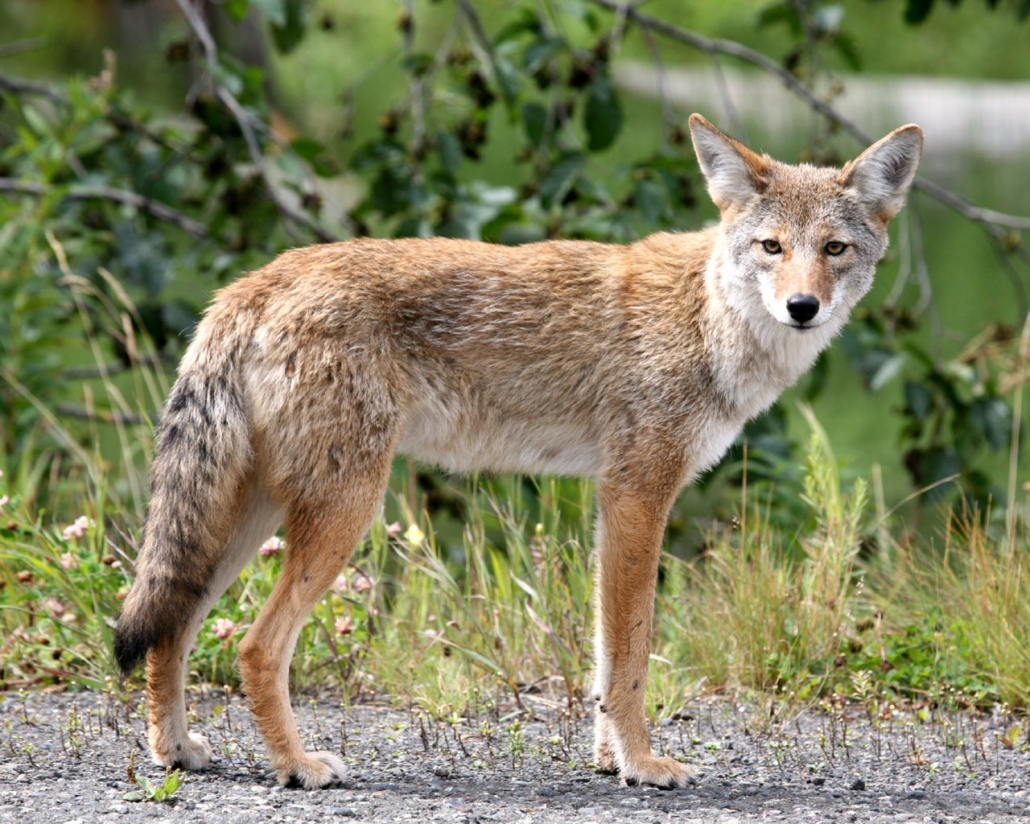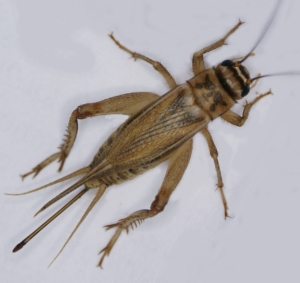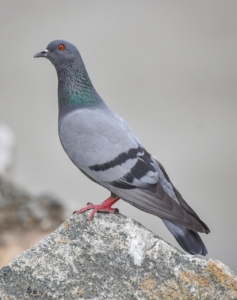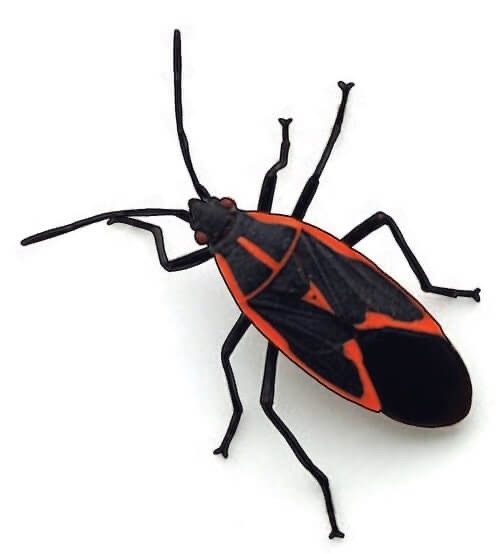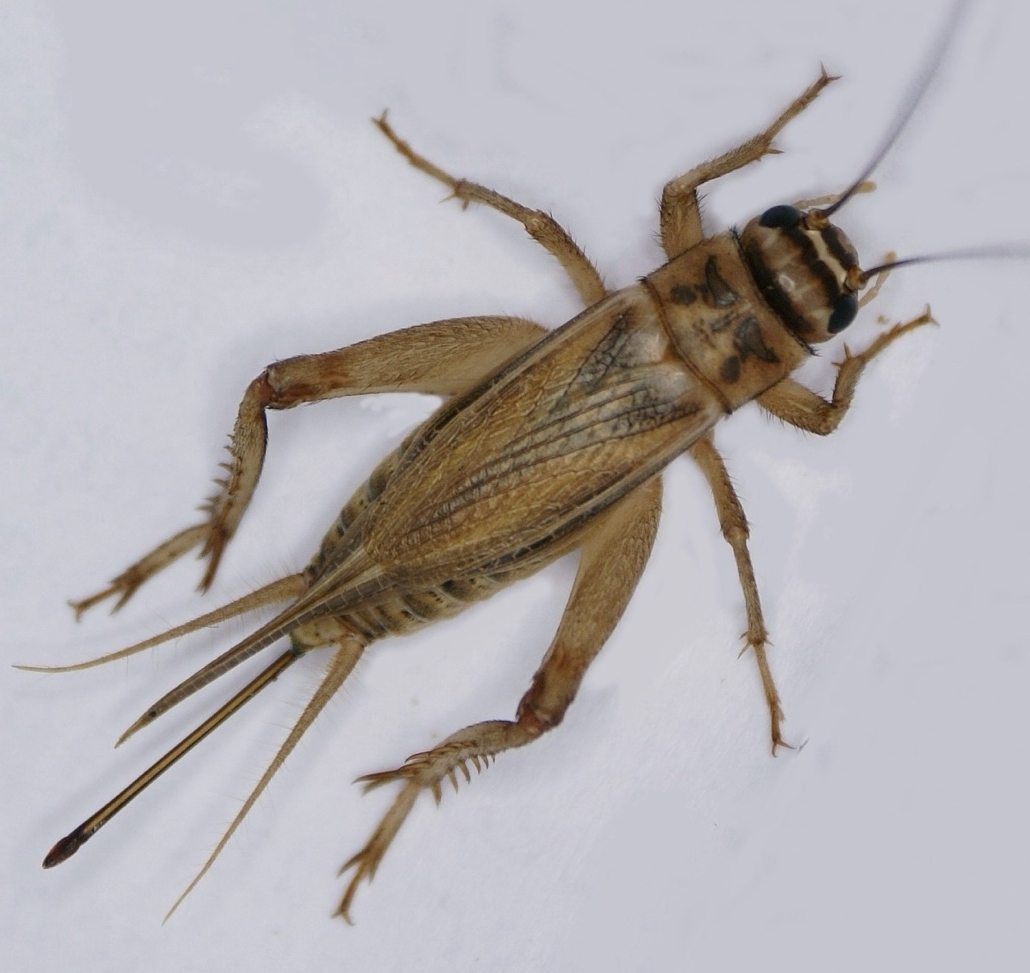SCORES & OUTDOORS: Raccoons extremely adaptive to their surroundings
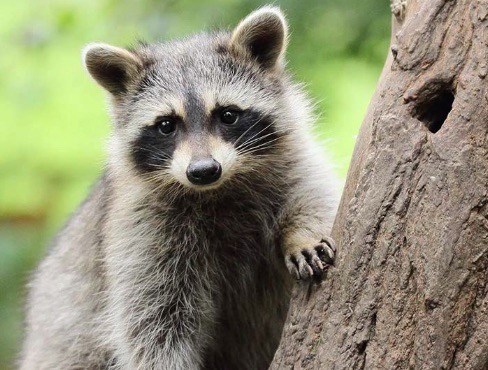
 by Roland D. Hallee
by Roland D. Hallee
Recently, a neighbor came over and warned me that he had just seen a raccoon enter my garage. It turned out to be another neighbor’s rather plump and large Maine coon cat. But it got me thinking.
Raccoons, although they prefer deciduous and mixed forests for their habitat, are plentiful in the city. I have had many an encounter with them, some comical and some a little more serious.
I remember, many years ago, when I heard a commotion outside of my home. I went out, noticed that the lid to my metal trash can was laying on the ground, and went to replace it. That’s when the head of a raccoon popped out from inside the can. I was able to overturn the can, and the “coon” went running off into the woods, from the persuasion of a hockey stick.
They are extremely adaptable to their surroundings, therefore, you’re likely to see them everywhere. They are basically considered pests.
Although they were previously thought to be solitary, there is now evidence that raccoons engage in gender-specific social behavior. Related females often share a common area, while unrelated males live together in groups of up to four animals to maintain their positions against foreign males during the mating season.
The most important sense for the raccoon is its sense of touch. The hyper sensitive front paws are protected by a thin layer which become pliable when wet. The five digits of the paws have no webbing between them, which is unusual for a carnivore.
Raccoons, however, have a rather peculiar intelligence. Only a few studies have been done to determine the mental abilities of raccoons, who have sensory perception, used to interpret tactile impulses, more than any other studied animal. They are able to identify objects before touching them. The raccoon’s paws lack an opposable thumb and thus it does not have the agility of the hands of primates.
In a study conducted, it was determined that raccoons were able to open 11 or 13 complex locks in less than 10 tries and had no problems repeating the action, even when the locks were rearranged or turned upside down. Other studies concentrated on a raccoon’s memory, and showed they can remember the solutions to tasks for up to three years. Another study indicated raccoons were able to instantly differentiate between identical and different symbols three years after the short initial learning phase. They can distinguish boxes containing two or four grapes from those containing three.
Going back to the raccoons that visited my house that night, I figured I would “out smart” them by attaching a bungy cord from the handles of the trash can through the handle on the lid. And, you guessed it, they figured out how to get in anyway. The only things that eventually worked was a cinder block on top of the can, with the aforementioned bungy cord also attached. They were unable to physically remove the heavy object.
Raccoons are thought to be color blind, although their eyes adapt well to green light, allowing them to see well in twilight. Visual perception is of subordinate importance to raccoons because of their poor long-distance vision. Their sense of smell is actually more important. They have a broad auditory range, from high pitch to quiet noises like those produced by earthworms underground.
Captive raccoons have been known to live for more than 20 years, while in the wild, life expectancy is 1-3/4 to 3 years. The most frequent cause of death in North America is distemper, which can reach epidemic proportions and kill most of a local raccoon population. Natural predators are bobcats, coyotes and great-horned owls, the latter mainly preying on young raccoons.
Raccoons are common throughout North America, from Canada to Panama. The population on Hispaniola (the Dominican Republic) was exterminated as early as 1513 by Spanish colonists who hunted them for their meat. They were also extirpated in Cuba and Jamaica, where they were last sighted in 1687.
But, be careful, raccoons are known to have the ability to enter a seemingly secure building. I have a story for that, too. One took up residence in my garage in 1991 (I still can’t figure out how it got there). I was able to capture that one with a Hav-a-Heart trap, and a can of cat food as bait, in pretty short order. It was relocated to a rural area, but not without a fight. He was a little disgruntled about the whole ordeal and actually tried to cut my hand with its sharp claws as I picked up the cage. The move was performed without injury to either party.
Should you encounter a raccoon during daylight hours, it may be looking for food, or, more than likely, is rabid. Do not approach raccoons at any time. Call the animal control officer in your town.
Unfortunately, space doesn’t allow me to relate other raccoon encounters. Perhaps that can be a column for some other time.
Roland’s trivia question of the week:
Of the five major sports, baseball, football, basketball, hockey and soccer. Which is the only sport that does not have penalties?
